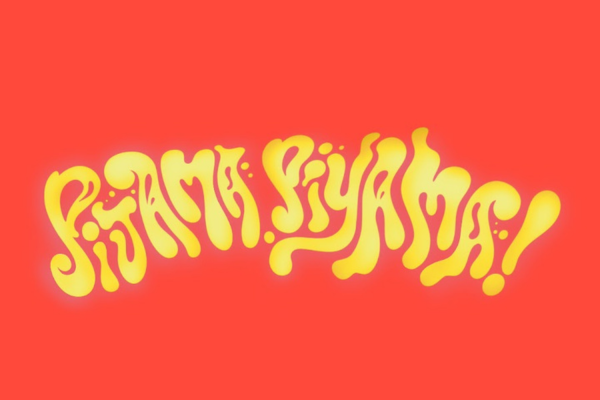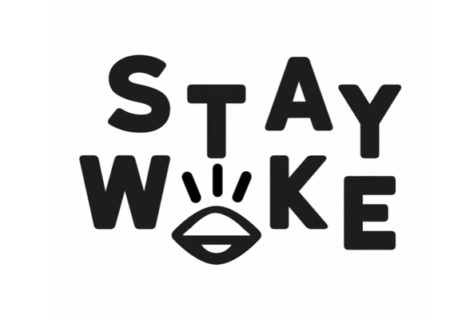The Pijama Piyama People and La Phoenikera’s Restless Cumbia Heat
The first time someone invited me to a Pijama Piyama show, I initially rolled my eyes so hard I saw my own Karenness, thinking, ‘Not another cumbia band in La Phoenikera,’ as if we were saturated with them. I went, and they didn’t put me to sleep. Instead, I immersed myself in a saucy mix of ‘laiku-laikus’ (wacky cumbias) and vodka sodas, thanks to the bartender’s munificence and Pijama’s infectious tunes.
By the way, when I use words like ‘wacky,’ ‘offbeat,’ ‘looney,’ ‘odd,’ ‘silly,’ ‘eccentric,’ or ‘nutty,’ it’s a genuine compliment. I like weird.
Their music clung to my brain like chewing gum on scorching Phoenix pavement. I revisited ‘La Pandilla’ from their debut album, ‘El Vato Pato y El Grupo Afortunado.’ It helped me start cataloging their sound and sorting it out within my inner universe of looney Cumbias. I contemplated adding them to my ‘drank cumbias’ playlist alongside Los Esplifs, La Tropa Vallenata, Deltatron, and Chúpame El Dedo.
As ‘Se rompió la Salsa’ wafted through the speakers, I was instantly immersed in a kaleidoscopic childhood vignette: a triad of arcade relics at a tiendita de barrio (they only had three machines, and probably one was a lone sentinel devoted to the timeless Metal Slug). An infectious chicha cumbia permeated the airwaves from a nearby bus stop, melding with the staccato blips of digital conquest. This random amalgamation spawned a synergy—a cheeky collision of tangible past and pixelated present, physicality jostling against the electric pulse of hardware and software. A glorious dissonance orchestrated by mischievous fate, ensnaring me in its wily grasp, an intoxicating dance where nostalgia and modernity waltzed in delicious harmony.
This familiarity tightened as Jonathan Sailant, founding member of Pijama Piyama, joined me for an interview over a rich cup of dark brew on a hazy Phoenix morning.

“Our sound embodies playfulness; it emanates from a whimsical, almost silly videogame-like place. It’s influenced by the nuances and musical references we absorbed growing up,” Sailant shared.
Pijama germinated from the virulent pits of COVID-19. After completing his music degree at NAU in 2018, Jonathan relocated to Chi-town (Chicago) in 2019 to work on his musical practice as a session musician and teach music.
“The first year was rough because I was not only new to the city but also to being an adult in a place where I didn’t know anyone. I went to as many jazz jam sessions as possible and would do everything to get my foot in the door and meet people. Also, there are pockets of different scenes happening everywhere. So, I think the first year was ‘pocketing’ every little club I could. And then, I met more people, got some gigs, and started teaching,” he said.
Adulting looked promising; Jonathan found his footing, created a path, and was on his way to achieving his goal. He immersed himself in Chicago’s diverse music scenes and worked on his craft nurtured by communities like Pilsen, Little Village, and Humboldt Park.
“Most of my time was dedicated to jazz and teaching; the other portion I’d nurtured by listening to stuff from VampiSoul Records, Names You Can Trust, a local Chicago band called Dos Santos, and bands from legendary label Bongo Joe Records.” He’d regularly attend their shows when they were playing in town.
Everything seemed to go according to plan. “Think about it. It takes a while to get your foot in the door and start ‘making it.’ A year passed, and then I was like, ‘All right, cool, things are all falling in place.’ And then El Covicho hit.
The bug propagated like mums on senior prom, and live music was confined to streaming, virtual concerts, or Zoom jam sessions. Everything he had built went out the door; it was time to recalibrate.

Jonathan toyed around with different bands since his days at NAU, slapping out local gigs with a crew called Nice Trip and some other off-Broadway joints. This nostalgia gave him a new itch for a fresh sound. He’d been jawing with some Chi-town musicians, trying to rope ’em in for a band that could fuse all the sounds he grew up on, like Earth, Wind And Fire, Jose Alfredo Jimenez, Buena Vista Social Club, Hendrix, B.B. King or Jeff Beck, with the experimental cumbia he’d been tinkering with on his 404. But no one was diggin’ it.
“I was bummed out. I would show them something I had been working on, and they would not want to touch it. While I was a sesh musician, I had the opportunity to sit down with musicians who knew how to play, and I didn’t have to worry about anything and play. When we played, we knew the tunes, did the work, and tore it up. I thought because we did it well for others, we could also do well for ourselves, share the same chemistry, and try new sounds,” Jonathan says.
Living in Chicago, Jonathan immersed himself in the pulsating beats of its sound history, the relentless struggle, and the unfiltered grit that consumed the city. Yet, amidst the frenzy, he couldn’t escape the stifling sense that originality and pushing boundaries were met with resistance. It was a struggle to rally support and ignite passion for something musically audacious. Getting people on board to help you execute your vision? Yeah, tough AF.
“Chicago is an interesting city full of undeniable history and rich culture. But also, at least in the arts, I feel that everything is academia-centric and somewhat rigid,” Sailant comments.
Chi-Town served him up a platter of cold, brutal lessons. His income disintegrated amid COVID-induced chaos—or the void of any semblance of order. In response, he turned to construction and landscaping to navigate the challenging circumstances. From that space, a raw yearning to synchronize with other people and connect energies compelled him to cathartically craft his music daily after a long day of bone-crushing labor.
“After work, I would drive the trucks back and unload the tools, head back home, mow my music, and go at it on weekends, too.”
During that period, he lived and breathed cumbia. He was still a jazz head, which helped his composition, but he was razor-focused on the structures proposed by the genre. Being a trained musician with a strong background in jazz allowed him to navigate the roots of cumbia while discovering and understanding its history.
His reverence for Thelonious Monk, Bill Evans, Frank Zappa, and Wayne Shorter was implemented when cooking his new cumbia-drenched compositions. Fearless sampling and resampling shaped and distorted his songs until there was no end. He scaled back, obviously; it ain’t that wacky.
“I think being involved in the jazz world taught me to capture the quotes, the homages, and cross-pollination between musicians; that’s what jazz is. So, being an avid music listener helps because you identify processes to create your own in whatever genre you’re particularly into. I had some understanding of where cumbia was coming from, so I would go back and read or watch interviews about musicians and what they had to say, their interests, their process, and find my path from there.”
Going back 2 La Phoenikera
One day, while on a call with his brother, Jonathan sent him a demo he’d been working on. Brady, also a member of Pijama Piyama, lost his marbles. “He told me he heard something like that at 602 ‘Tuesdays and that people in PHX would probably dig what I was trying to do,” recalls Saillant.
Cumbia is the backbone of Jonathan’s compositions; however, he adds nuances from his life and those of his bandmates, whether music, film, or video game-related. “My brother heard it and said, ‘It sounds like our childhood,’ and I think at that moment it clicked: I needed to do this with people who got it, who understood it from the get-go,” said Saillant.
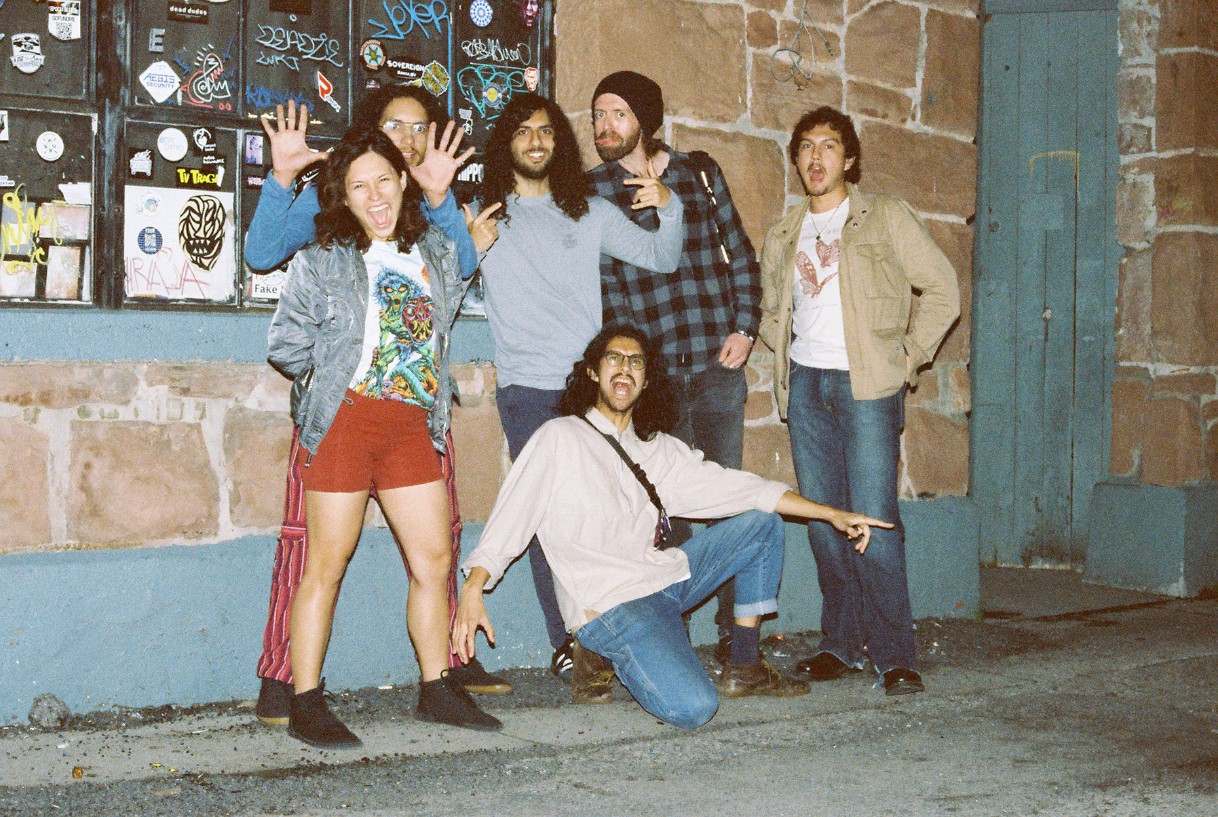
During the off-construction season, amid Covid-filled winter, he’d park in PHX, soak up what was happening in the underground scene, and start experiencing the changes in our city, realizing how much he missed it. Also, he recognizes that it was primarily due to his young age (now he’s 27). He noticed the DIY scene music shows at houses (boomers don’t hate). He felt how much he missed Phoenix, how relaxed, and not about how clout it was. It took him a few years away from Phoenix to understand what it is about and appreciate it.
“In many ways, Chicago’s music and art scene felt very attached to institutions and academia; I’m not suggesting that an alternative scene isn’t happening, but PHX felt right and relieving. So I decided to stay.”
According to Saillant, the decision was impulsive because COVID took almost two years of performing live, and he missed it, much like many performers. “I missed house gigs, jazz clubs, events, people’s energy. I had all these ideas and decided that whatever I was doing, I needed to make it so people could dance and have fun because we’d had been deprived of it for so long,” he shared.
Time was of the essence; contacting what he calls “magicians” was a priority. Who’d still be active and down to start a quirky psy-cumbia band? He went back a few years into his tier of friends, all the way to high school. Everyone else was busy or had no interest. So that’s how we formed the lineup. That was February 2022.
“At that point, I had all the music written already; I did it over the two years of COVID; for every instrument, I just needed a band who was willing to build from there and reinterpret what I was trying to convey ’cause a lot was created electronically through samples and sequencers. From the beginning, I wanted a band that could have the ability to reinterpret what I create and bring it to a new form.”
The Band
Remember Jonathan’s brother? The guy who convinced his ass to move back to La Phoenikera ’cause the demo blew him away? Well, obvi, that dude’s in the band. Brady Saillant is his name, and he primarily plays guitar, but since the band needed a Four-string slapper, Jonathan tossed him a bass, and now he’s keeping us vibing. Another bandmate who understood the vision and had a child-like mentality that pushed for curiosity and exploration was needed, so he contacted Mert Salahi, or more appropriately “Amazing Me,” an axe man and friend since high school who got the nickname because of his long locks and guitar-shredding abilities. A timekeeper is crucial in every band, and Ben Wise keeps it tight. Also, from their high school daze, Janine Salmeron agreed to do vocals and play multiple instruments as part of the rhythm section. The last addition to the final lineup was Pablo Bastidas, who brought experience and hard percussion chops. The most crucial was figured out with the lineup ready and the music written.
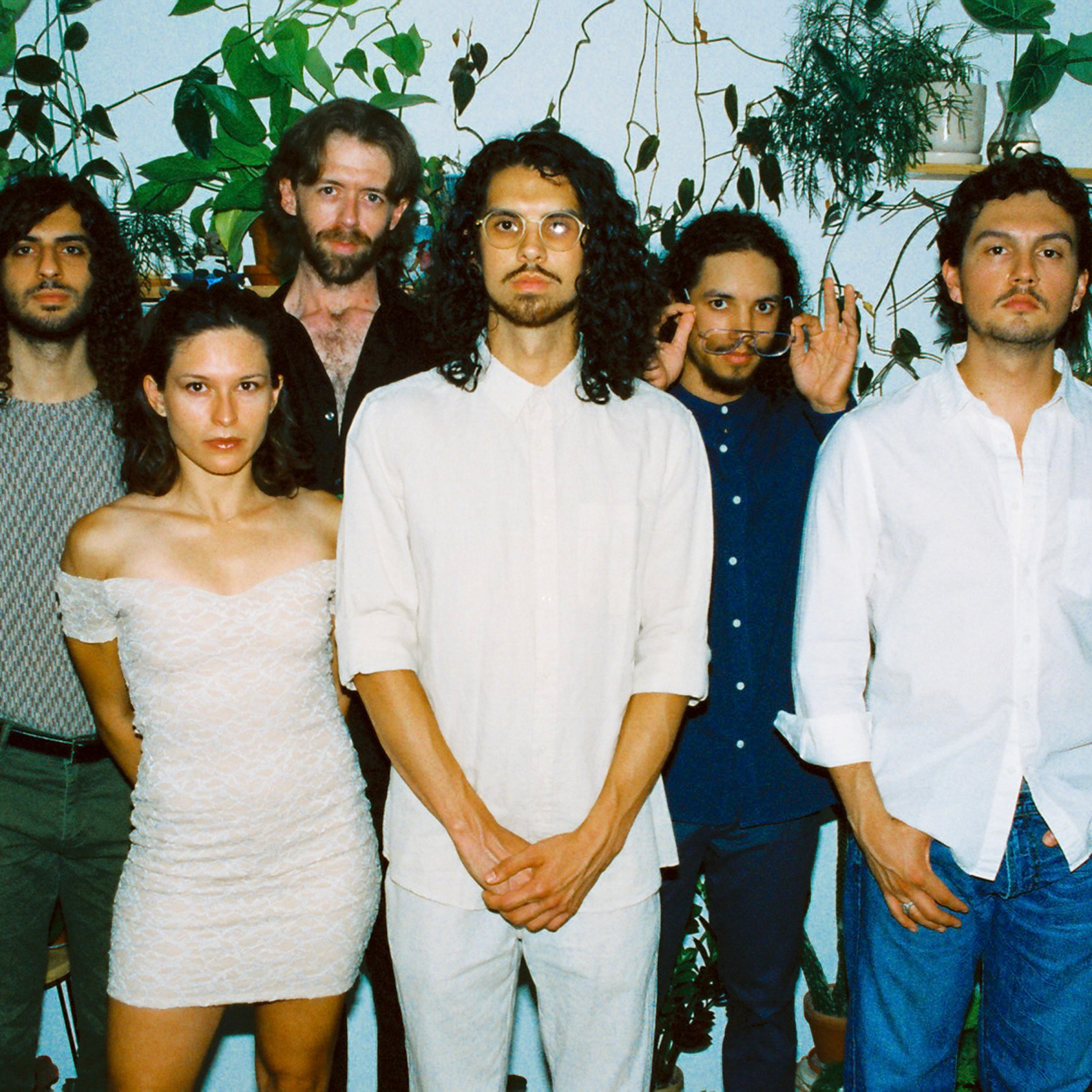
The Covid-driven process
“Every day during COVID, I would return from work, sit with the 404, and go at it. Ras G, the late producer, has a quote about sampling that resonates with me and says that when we sample, we’re just taking the soundtrack of our lives, chopping it up, and fucking with it. So it resonated because I was taking nuances of my life and putting them together.”
Instead of sampling other artists, Jonathan created his music, ran it through the sampler, treated it as its ensemble, and then resampled it. Jonathan remembers their first rehearsal as a band was a very promising disaster. “We quickly realized – because I had been so immersed in the process and songs, we needed to catch up, find ourselves as a band because we were all coming from different places and levels of experience.”
It took a bit, but they got to a comfortable place playing together, reimagining and bringing Jonathan’s gimmicky cumbia compos to life. A couple of months later, a close friend, who has a studio at The Hive on 16th St., suggested they play at their First Friday opening.
“Many of our friends and other people came to the show; it was very intimate, we saw people we hadn’t seen in a while, we did our thing, played all originals, and people seemed to like it.”
He felt grounded when he took the stage with his bandmates, some stepping onto one for the first time. “It was cool to see them on stage kinda nervous but really into it. My focus was on them that night. It was interesting because I was open to the possibility of this sucking ass, but it didn’t, and also, people were open to it, so that was relieving too.”
Pijama Piyama isn’t concerned about being compared to other bands or just being one of the cumbia bands in PHX.
“Obviously, there will be comparisons because rhythms have the same backbone; they’re relatively similar. Though the nuance is each instrument’s difference in settings, the unique combinations are infinite in process, and the musician brings a unique style or way of playing. So all those combinations do create a unique sound.”
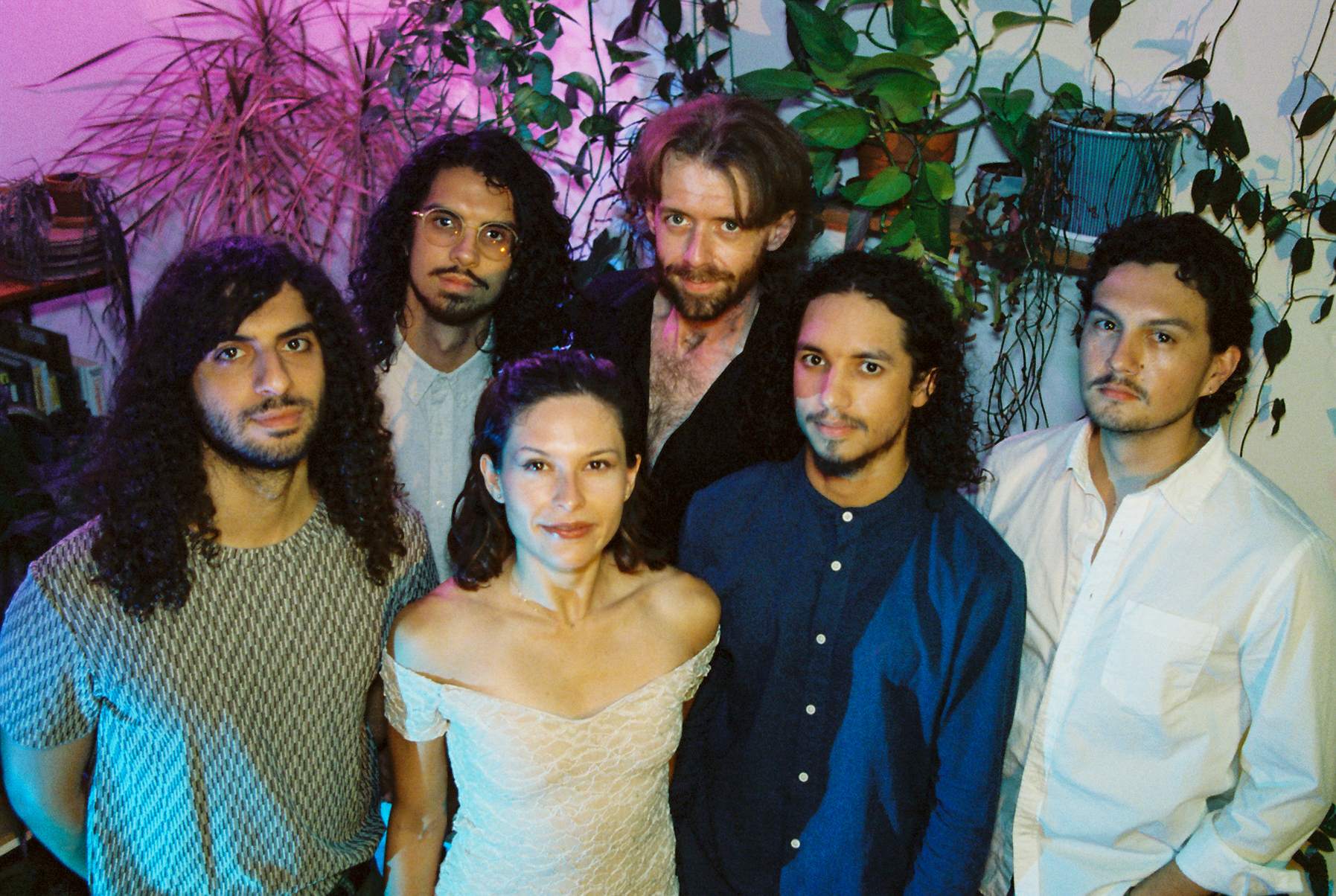
Compositionally, Jonathan says they’re intentional about breaking conventional harmonies, altering codes, and sometimes breaking away from tradition without appearing dorky. “It’s hard; you have to be intentional and meticulous; it’s not just putting things on top of each other.”
After that show at The Hive, they knew they were up to something, so they immediately contacted “people who knew people” and secured a few gigs. First, a house party, then Bikini Lounge for the first 602 Tuesdays after the pandemic, a Lost Leaf backyard gig, and then toquines kept coming their way at a rate of almost one a month.
“Tucson was also special because family I hadn’t seen for a while came to the show. It also felt like people were listening, not just dancing to our beat. It was the first time someone came up to me and pointed out a song was funny or humorous, and I was like, yeah, they get it!”
Opportunities to play live came, and the band took it all in. “People in our network would reach out and offer us opportunities that would push us a little bit more toward what we wanted: to play as many gigs and get our stuff out there. So, we’ve been pretty fortunate with that. Also, for the recording of the first album, we were looking for a studio with everything we needed, and the person who had that access called me; it turned out we were looking for each other.”
Their artistic collaborations quickly became personal relationships based on generosity, propelling them to new heights as a band. That closeness also bloomed with its audience, who seemed to flock wherever Pijama landed a gig.
Let’s talk about business.
Playing many gigs gives you exposure, improves stage presence, and builds audience and relationships with culture producers. But to be sustainable, you need that chedda, the sempiternal art/business conundrum. They knew there would be expenses early on and couldn’t just use somebody’s space without paying rent. “All of a sudden, rehearsals had dollar signs attached to them. Everything had to change business-wise, so all our expenses as a band were covered. The plan is to play as many shows as possible, quality shows that can fund rehearsal space and recording.
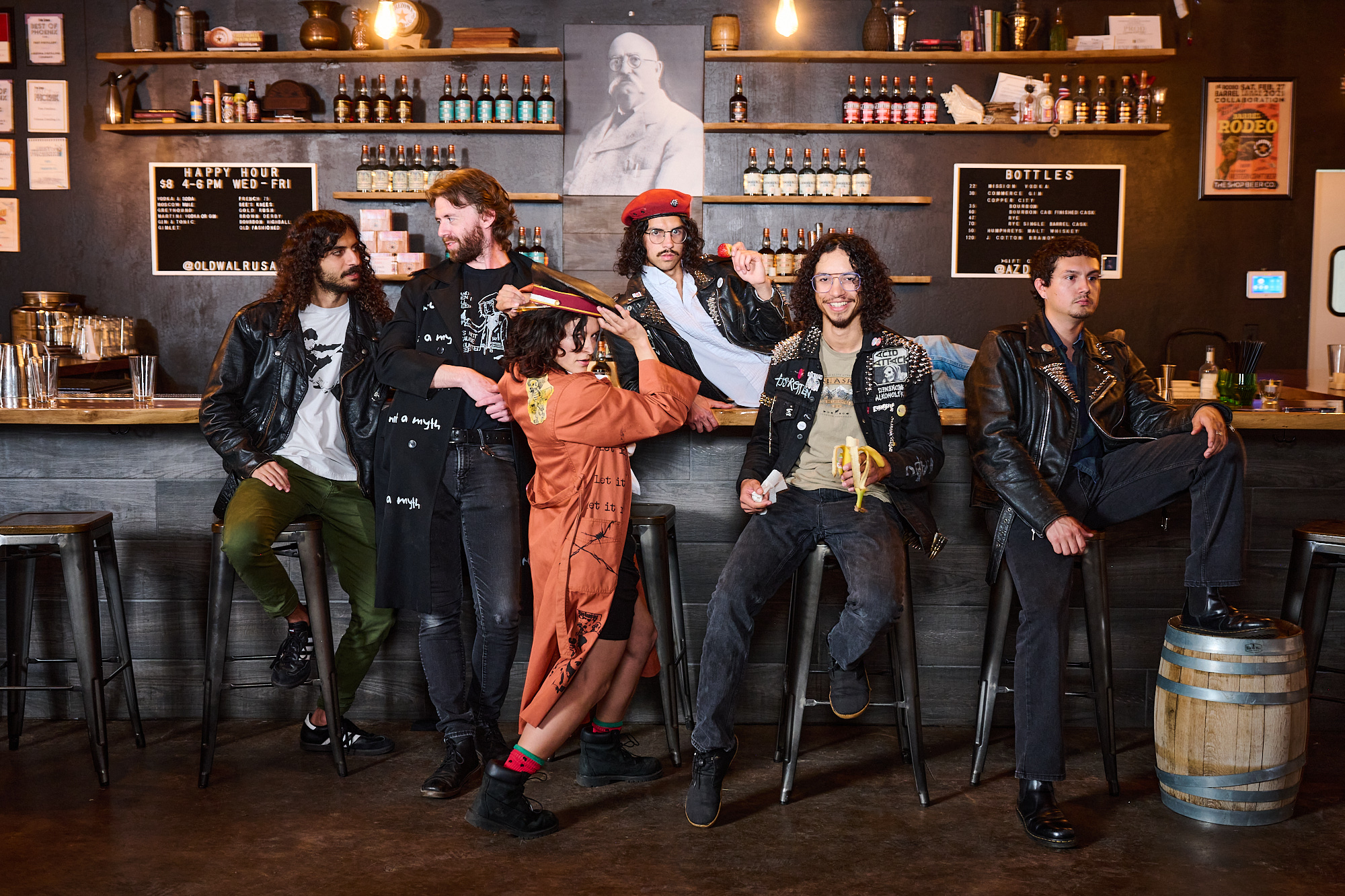
Managing a band is challenging, especially if you’re a member and have other responsibilities. “I think that’s an area in which I would like to have more guidance in school, the business aspect of music; I think many programs are still antiquated.”
The transition from smaller venues to big ones
“It was very motivating because we all had ideas about improving other aspects of our show, not just musically, but visually and performative. We all have performers we look up to, so we’d like to communicate that type of energy to our audience and not just play songs. So, we try to do something different every show and incorporate things little by little, and playing at bigger venues has pushed us to get better.”
The name
As someone who perfunctorily spends time coming up with dorky names for imaginary bands, I appreciate the spontaneity and reasoning – or lack thereof, behind the choices. In this case, the name came from two sources. During his Chi-town stint, Jonathan also worked at a kitchen where he had to open at 6 a.m., generally after playing a gig until 2-4 in the morning. “It was a ridiculous schedule, so I would either show up in pajamas looking like dog shit, or I would just sleep at work and then open to the crew when they needed to come in. So, they started calling me pajamas. One day, a friend showed up looking for me, and he would ask for Johnny, and nobody knew who he was talking about. When he mentioned where I was from, they all said Pajama!”
The other reason for the name is in homage to Frank Zappa’s song Po-Jama People from the One Size Fits All album. Jonathan needed a stage name for a performance, and since Pajama is a recurrent theme, he used it. “So, the name kinda stuck; I love that song, and that album is one of my favorites. Plus, who are the Po-Jama People? I’m always intrigued by that.”
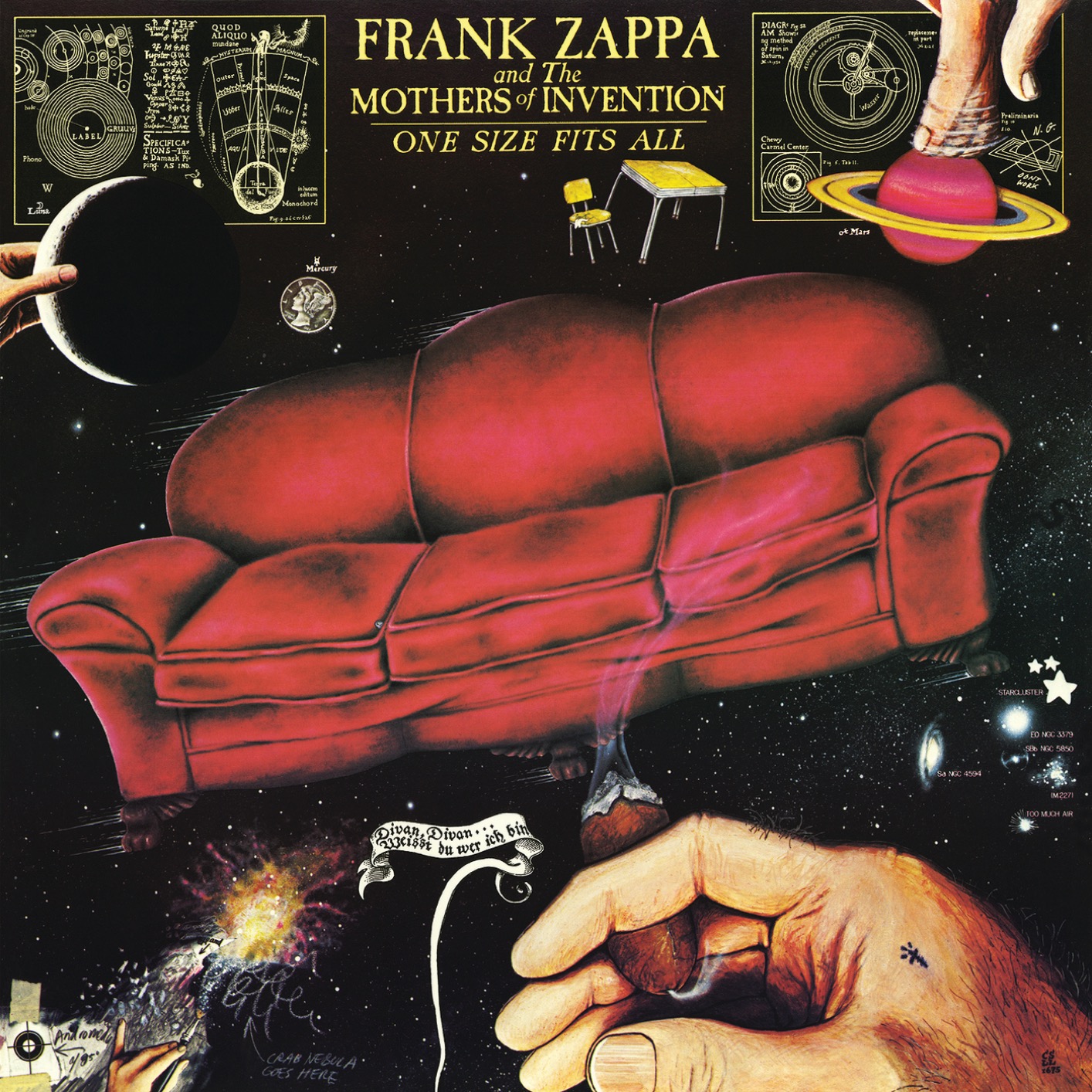
The two different spellings stem from how it’s pronounced in Spanish; some people say piyama, pijama, or pichama (others say pishamas). “We kinda like it because it’s surely a conversation starter.”
What’s in the works?
Pijama recently released their latest single, “Los Niños de Rana,” from their new album, “Pijama Pijama y Los Niños de la Rana,” at a packed concert at Crescent Ballroom, where sweaty cumbia lovers and primerisos alike danced their brains out to exhaustion. Jonathan explains they’re still discovering themselves as a band, though they’re much more solid and have several local and out-of-state shows. The game plan is to keep playing more gigs, get better, record more, and work on new things.
You can catch a Pijama show if you follow their social media accounts.


